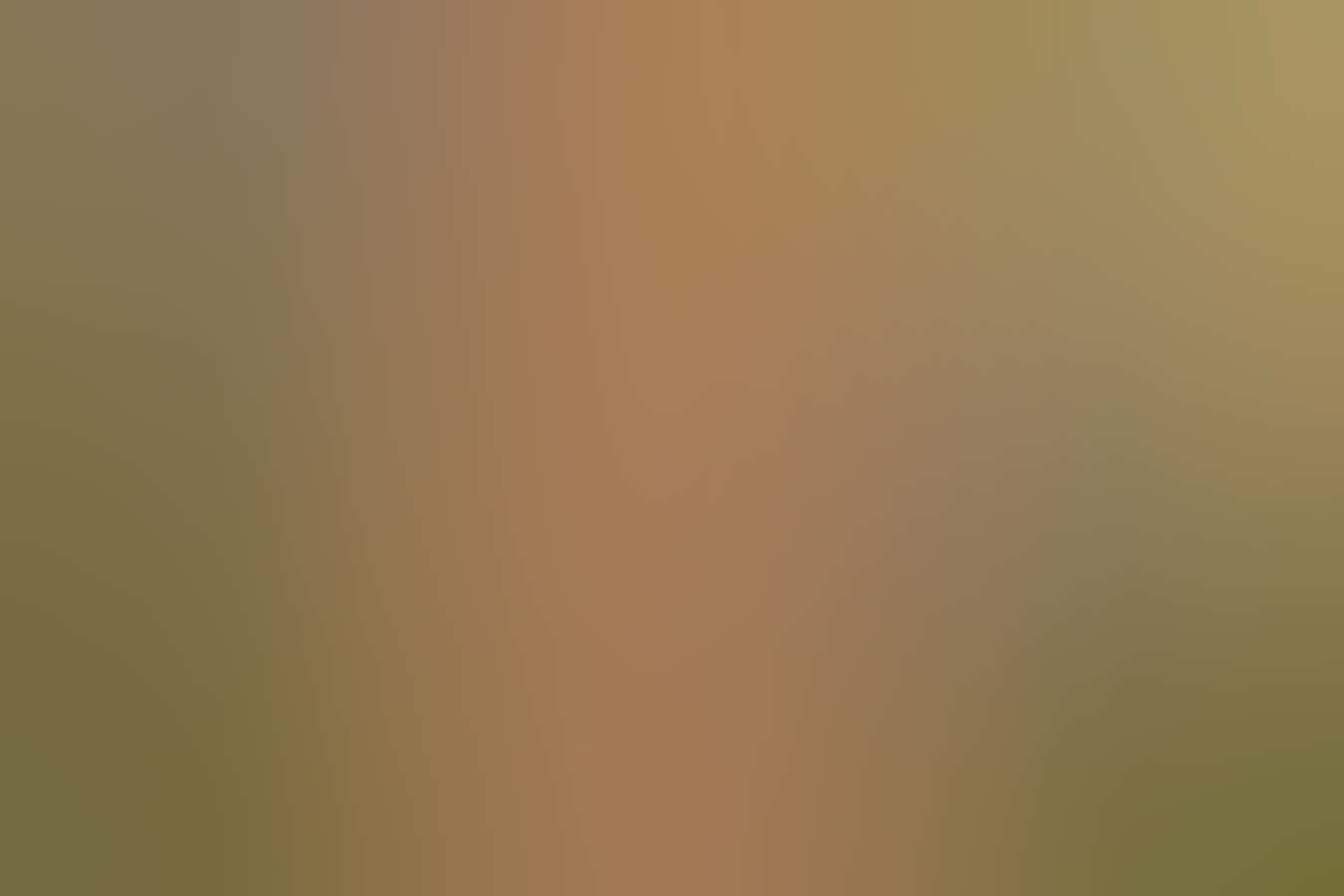Feature by Simon Webster
When the wildflowers hit their peak in the South West, guests on Sean Blocksidge’s day trip are in for a treat. The so-called ‘tour for people who don’t do tours’ shows off not just Margaret River’s wines, but the remarkable environment that produces them. After a morning canoeing and visiting a waterfall, followed by lunch at a winery, guests are brought to a section of the Cape to Cape Track, where, after a bit of a four-wheel-driving and a short hike, they find themselves in an unreal setting.
“We’ve walked through green and brown and then we turn a corner and it explodes with colour,” says Blocksidge. “The pimelea is flowering with the shark’s tooth acacia and you get these bright yellows and bright pinks, this carpet of colour, with the ocean, and whales popping up, and the cliffs behind. It’s just amazing. Guests are totally in awe when we get to it.”

Wildflowers, Coalseam Conservation Park
World-famous flowers
Western Australia is famous the world over for its wildflowers. Each year, from Exmouth to Esperance, the land explodes with colour, starting in June in the north, and rolling down the state to finish in November in the south. There are more than 12,000 plant species in Western Australia, and they pull out all the stops as they vie for the attention of pollinators.
A combination of factors has led to this extraordinary diversity, including isolation, long-term geological stability, lots of pollination by birds and mammals (spreading pollen far and wide), and nutrient-deficient soils. In these soils, big, greedy species can’t grow quickly and dominate, which gives all the little species a better chance of carving a niche of their own.
In the south-west, the variety is so great that the region has been named one of only 35 biodiversity hotspots on the planet. And the annual explosion of colour attracts visitors from all over the world.
“I get people emailing the lists of flowers they want to see,” Blocksidge says. “They’re global flower enthusiasts who fly in especially to see spider orchids, kangaroo paws and banksias, and tick them off their bucket lists. I love seeing the flowers through their eyes. It’s my favourite time of year.”

Wildflowers, Mukinbudin
Best season in a generation
Up on the Coral Coast, famous for its fields of everlastings, rain at the right time can make the difference between a beautiful season and one never to be forgotten. The gods were especially kind back in 2018, producing amazing displays that started early and lasted longer than usual. “It’s been called the best wildflower season in a generation,” remarks David O’Malley, CEO of Australia’s Coral Coast. “Just extraordinary.”
Thirty years ago, coach after coach would arrive from the east coast, packed with visitors listening to the commentary of botanical guides, O’Malley says. Today, though specialist coach tours are still popular, most visitors prefer to experience wildflowers by following self-drive itineraries that visit remarkable locations such as Coalseam Conservation Park, with its fields of everlastings in pinks, yellows, whites and creams.
Another Coral Coast hotspot is Lesueur National Park, three hours’ drive north of Perth, where a different type of wildflower experience awaits. Lesueur doesn’t have the carpets of everlastings but does have 900 species of plants, many of which don’t exist outside the national park. “The trick is to get out of your car and take a walk in the bush,” O’Malley instructs.
A wildflower celebration
Meanwhile, down in Ravensthorpe, Sue Leighton spent one season collecting wildflowers and attaching them to a satellite dish, to be transformed into a wildflower ‘chandelier’. She is the coordinator of the Ravensthorpe Wildflower Show, and one of just 30-odd people licensed to pick wildflowers from private properties in the region. It’s all hands on deck as an army of volunteers prepares for this annual showcase of biodiversity and natural beauty.
As well as pollinator and mineral displays (and wildflower chandeliers), the show has a significant herbarium, and presents more than 700 species in the Ravensthorpe Hall, botanically identified, in small glass jars. “We think we’re the biggest wildflower show on the planet,” Sue says. “Well, that’s what we’re claiming, and nobody has disputed it.”
A horticulturist and garden designer, formerly of Perth, Sue has been living here for more than 10 years, thrilled to be in close proximity to Fitzgerald River National Park, home to a remarkable 20 per cent of the state’s plant species. Her favourites? Eucalypts, and the “weird and wonderful” royal hakeas that stand like guardians as you enter the national park. “They have all these very sharp, beautiful coloured leaves, variegated from gold to yellow to white,” Sue says. “They look like something from another planet.”